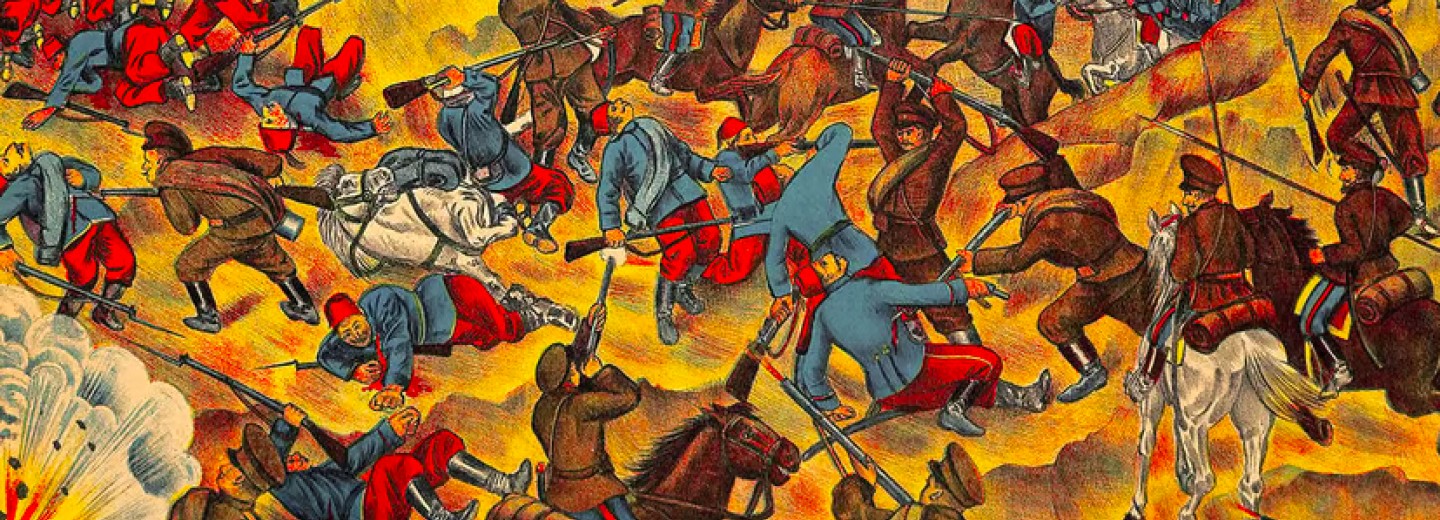Sometimes "barbaric" is the real civilisation
I found an interesting review of Central European history in the columns of the journal NewQQ. I cannot authenticate the author’s sources, but his opinions reflect the views of historians I have read.

Around the 570th anniversary of the fall of Constantinople, I read some books and historical materials. I found an interesting phenomenon - the Byzantines did not hate Ottoman Turkey. On the contrary, many people preferred to be ruled by the ‘pagan’ Ottoman Turkey than to be controlled by Western Europeans.
Some historians did not hesitate to praise the opponents who conquered them when writing about the rise of the Ottoman Turks. One even remarked:
God sends Ottoman Turkish people to save us. The depravity and corruption of the Greeks are no longer worthy of being the people of God. Waiting for the doomsday judgment is our destination.
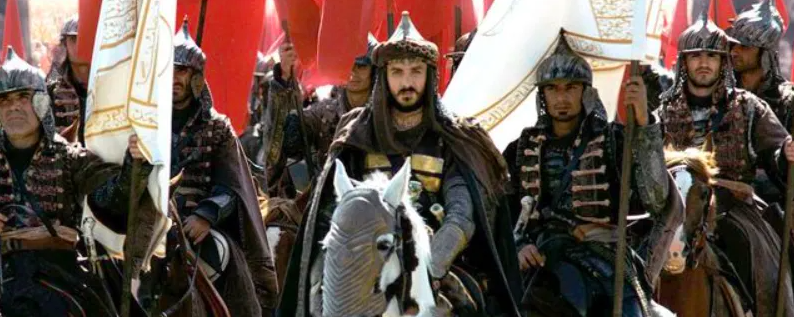
This is very different from perceived wisdom. The misunderstanding should change after carefully studying the rise of the Ottoman Empire and the records of the conquerors in Byzantine history books. After centuries of careful management, the new force of Ottoman Turkey is the civilised and advanced side. No matter our perceptions, we must admit that the Ottoman Turks finally captured Constantinople after centuries of careful manoeuvres.
Hard work and belligerence are naturally the Ottomans' inherent advantages. Contemporaries recorded that the sound of 6,000 Gazis (Holy Warriors in Islam) was smaller than 100 Christian soldiers during their march.
The Ottomans finally won far more than a military advantage. The Seljuks who triggered the Crusades could win a temporary victory but gradually declined. During the same period, the Ottomans, still small and medium-sized tribes of the Turks, were able to develop and grow over the centuries and eventually became a world empire, winning by strategic decision-making and inclusiveness.
This fact may be surprising, but that's the result. In the 11th and 12th centuries, when they went deep into Anatolia, the hinterland of the Byzantine Empire, the Ottomans began to learn the political system and laws of Byzantium. At the same time, they merged the management model of Persia and other Eastern countries. In learning from powerful opponents, they completed the establishment of their tribe to the glory of the country.
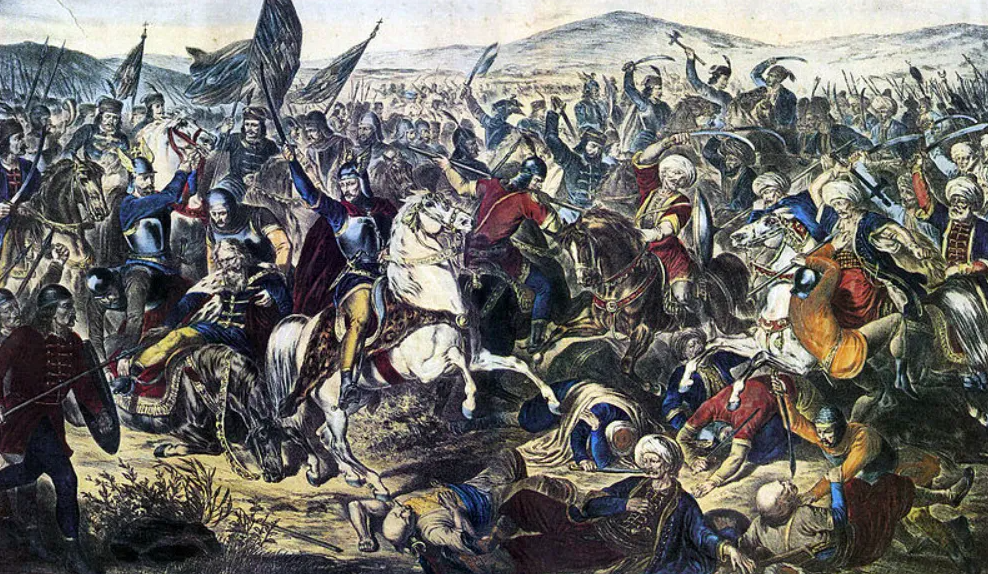
In the expansion process, the Ottomans were tolerant and eclectic to all ethnic groups. Slavs, Pechenga and other nomads who fought against Byzantium, Persian, Armenian and other multi-race peoples all used the Islamic faith as a link to connect people of different bloodlines.
Regarding the treatment of infidels, the Ottoman Turks were much more tolerant than the Byzantine and Western Europeans at that time. Every time they conquered a place, if Christians were willing to convert to Islam, they could become subjects of the Sultan. If not, after paying a part of the ransom, they can still maintain their original faith and live in the areas he ruled.
In the face of the taxes and mercenaries of the last Byzantine dynasty, many people under Byzantine rule voluntarily converted to the Sultan or maintained their original beliefs and willingly paid taxes to become the Sultan’s subjects.
Even Christians who became enslaved people or prisoners of war were not regarded as cattle or horses. According to the tradition of slave soldiers, they were integrated into the Sultan’s Guard, called "Yenicheri", and followed Sultan’s southern expeditions to the north to get win trophies. Many of the infidels became the solid right-hands to the Sultan.
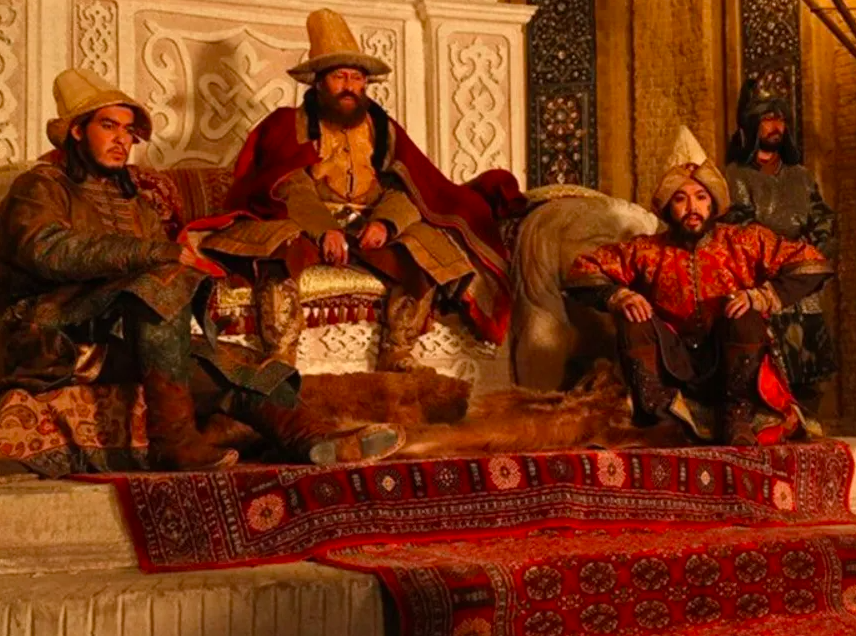
At the same time, more and more Ottoman Turks settled in the territory of Byzantium. These people obeyed the Sultan and only accepted the legal constraints of the Ottomans. This relatively advanced colonial act further infiltrated the Ottoman forces into Byzantium.
However, the Ottoman Turks were very strategic.
A contract was reached with the Byzantines to determine the suzerainty, and a certain amount of money was requested every year. In the face of opponents such as Serbia, Hungary and Crusades from the Balkans and the Papal States of Western Europe, successive sultans from Orhan to Murad II carried out diplomacy while concentrating their superior forces to fight against the enemy.
But the birth of Timur, the hero of Central Asia, almost annihilated Ottoman Turkey. Sultan Bayezid Ankara was captured and died in the enemy camp a year later.
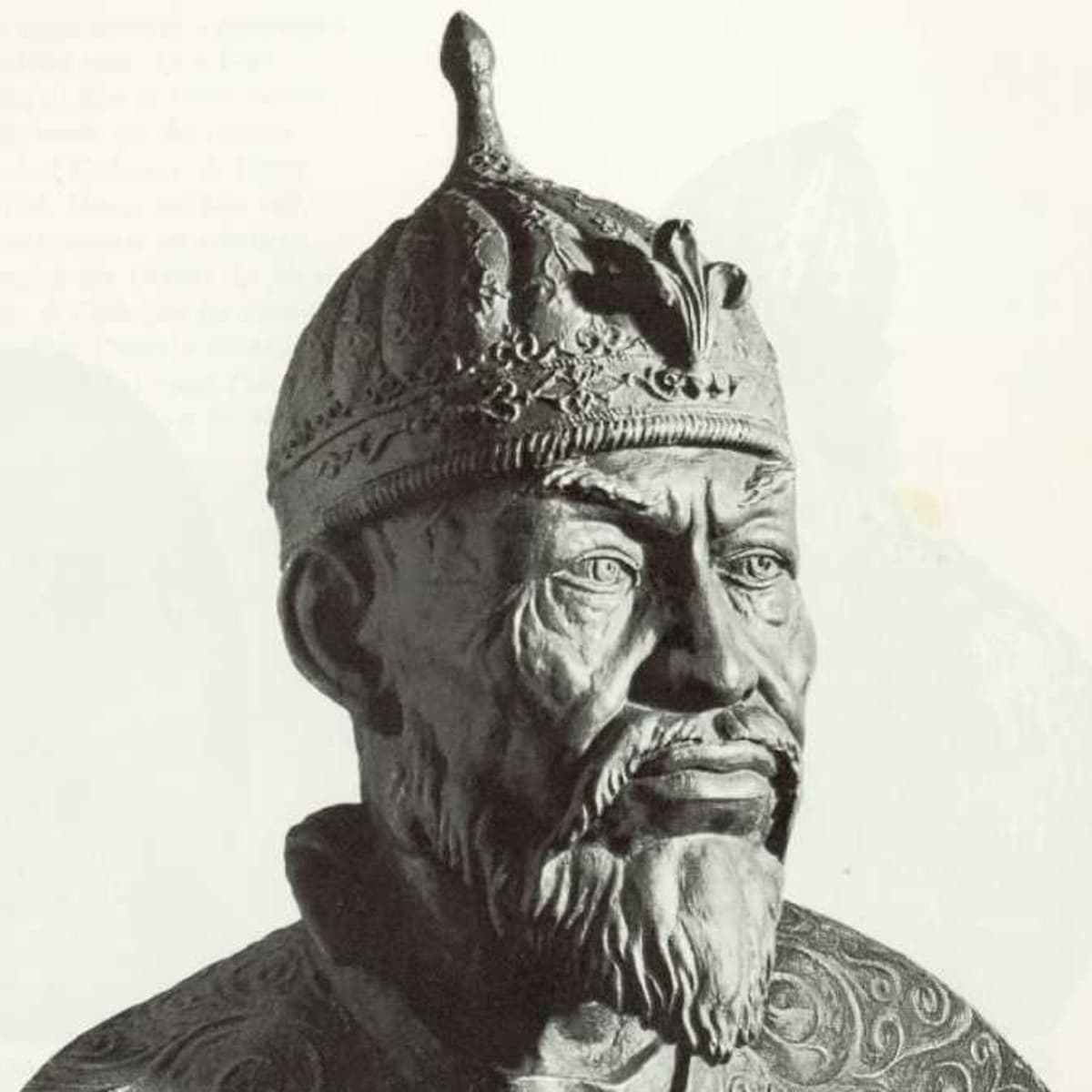
At this time, the strength of Ottoman Turkey was significantly reduced, but Timur's empire also collapsed after the death of its founder. At this time, Byzantium devised a way to save itself: to intervene in the struggle for the Ottoman Turkish throne and try to support the pro-Byzantine sultan to the throne.
But Sultan Osman quickly revived his national strength, and the ruler's tolerance of foreigners and infidels did not rely on the royal relatives. Take Murad II as an example; in the face of his brother Mustafa's rebellion, he decisively suppressed the execution. It even set a precedent: after the Sultan succeeds the throne, his brothers can be executed directly to prevent rebellion.
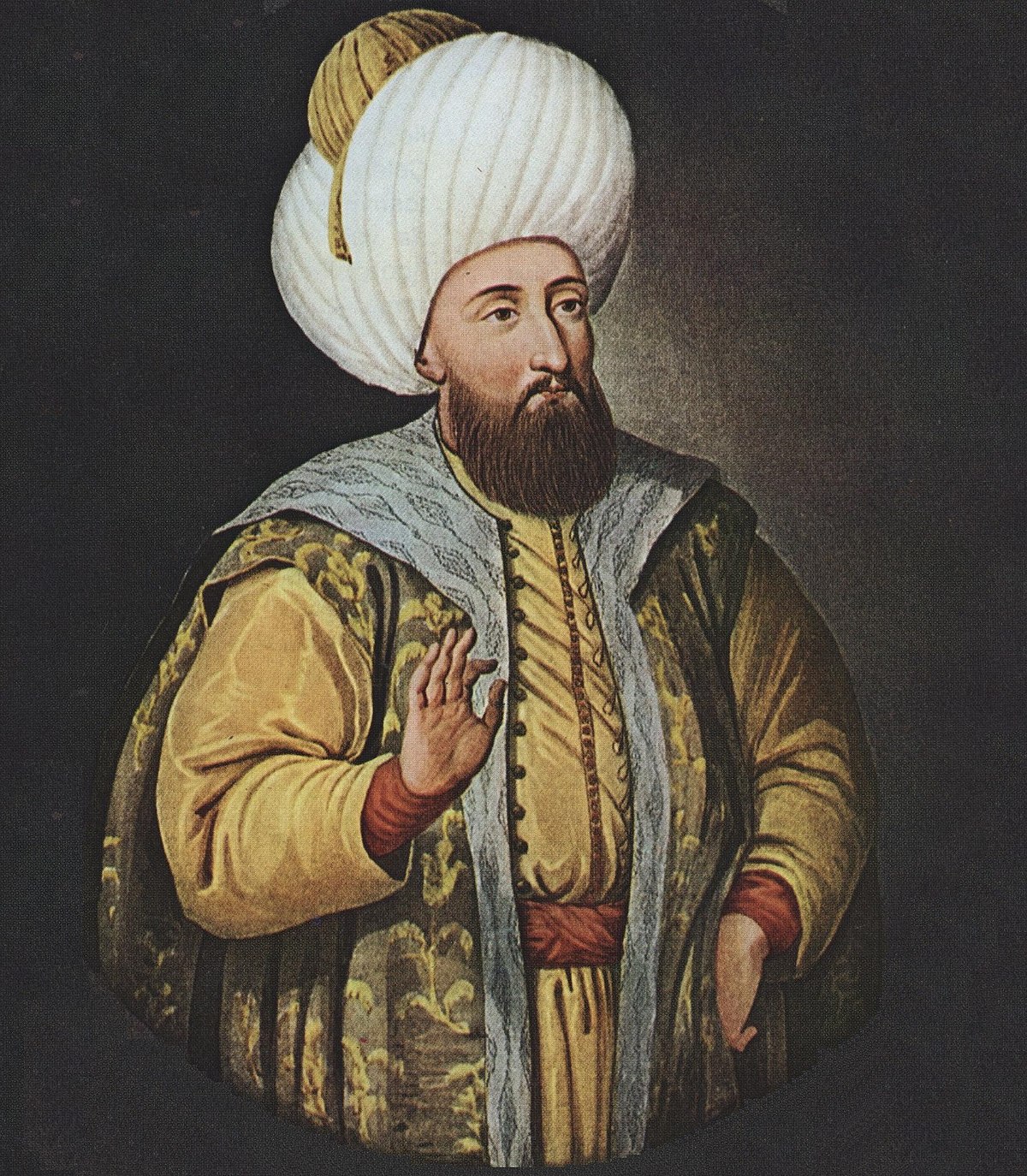
When his son, Mehmed II, was only twelve, Murad II abdicated and let him accumulate imperial management experience. When domestic and foreign affairs were in trouble, he was resettled under the support of the Guards and took his son to his side to let him accumulate experience.
In 1451, Murad II died of illness, and Mehmed II became Osman's only Sultan. Under the provocation of Byzantine envoys, he resolutely decided to terminate the armistice agreement and completely conquer Constantinople.
To this end, the Ottoman Turks prepared for more than a year to build a massive fortress to observe the castle situation and simultaneously attack condescending. They hired a Hungarian (Orban) with a high salary to make cannons and simultaneously developed other siege weapons, striving to win them in one fell swoop.
Elsewhere, whenever a region was conquered, the local Greeks either chose to obey Sultan or be enslaved and used for military expenses. At the same time, the construction of many giant ships was gradually completed, which could block the Golden Horn in battle.
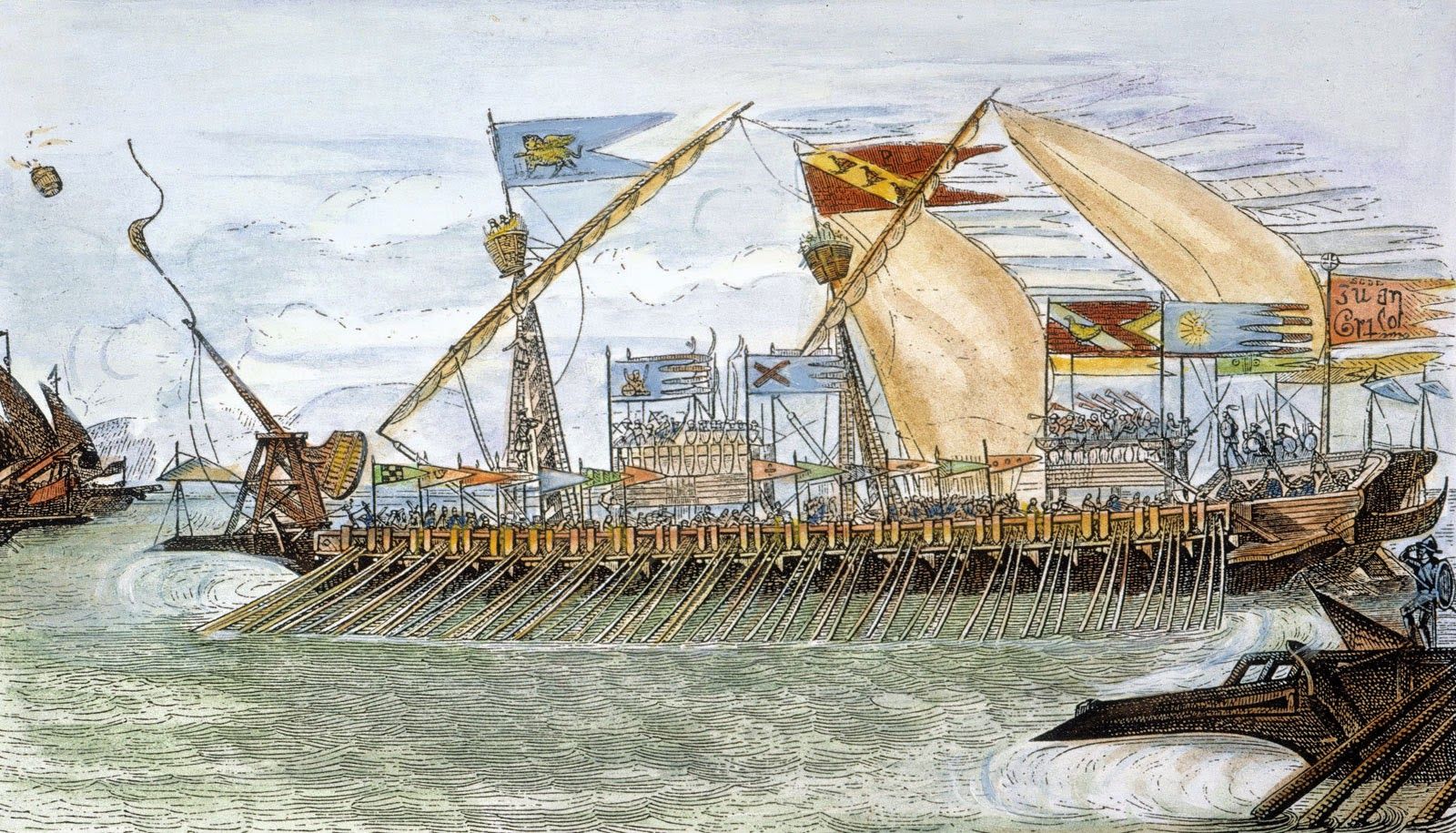
After months of siege, the Byzantines were finally outnumbered, Constantinople was conquered, Ottoman Turkey soon moved the capital here, and a new world empire rose.
Therefore, sometimes it seems barbarism defeats civilisation, but the "barbaric" side is a more dynamic and vital phenomenon. During the centuries of eclectic and firm governance in Ottoman Turkey, Byzantium in the same period was caught in intricate political infighting and lacked a highly strategic-minded ruler.
On the one hand, the Byzantines raised exorbitant taxes from the heavy exploitation of the great aristocracy. On the other hand, there were low taxes under the rule of the Sultan, and they could be free from foreign mercenaries. It is self-evident which side to choose.
Put aside your rose-tinted glasses and colourful sentiments, and then look at history; you will find the true meaning of history.
Worked on the article:

Wanlikhang


